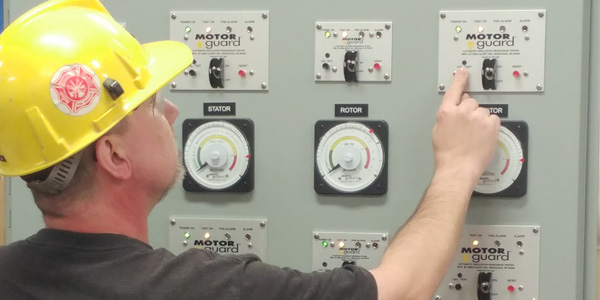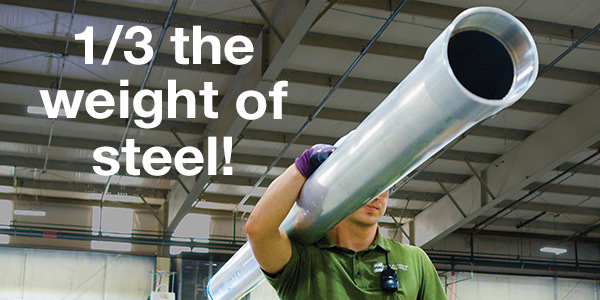For decades, utility plant personnel have performed insulation resistance tests with handheld megohmmeters to prevent motor failures that lead to costly unplanned shutdowns, penalties and re-winding repairs.
However, these tests only provide a “snapshot” of motor health. In a matter of a few days, motor windings and cables that are exposed to moisture, chemicals, contaminants or vibration can become compromised and fail at startup.
Portable megohmmeters also require electrical technicians to manually disconnect the equipment cables and connect the test leads on potentially energized or damaged equipment.
These tests expose technicians to potential arc flashes when they access the cabinet. In the US, non-fatal arc flash incidents occur 5 to 10 times per day, with fatalities at the rate of one per day.
With so much at risk, plant managers recognize the value of continuous megohm monitoring of insulation resistance. This can be accomplished by a Meg-Alert unit that is permanently installed inside the high voltage compartment of the MCC or switchgear and directly connects to the motor or generator windings. The unit senses when the motor or generator is offline and then performs a continuous dielectric test on the winding insulation until the equipment is re-started.
Armed with this real-time information, maintenance personnel can take corrective actions ahead of time to avoid a failure that would interrupt production as well as expensive rewinding repairs that can cost more than $100,000.
The Meg-Alert continuous monitoring system allows for a “hands-off” approach that does not require service technicians to access control cabinets to perform a manual insulation resistance test.
“With the Meg-Alert, you can walk up and just look at the megohm meter on the panel,” says a Maintenance Supervisor who has spent 40 years working for a large American energy company and installed 23 of the devices.
Safety is also a major driver behind the decision to install the continuous insulation resistance monitoring devices. Although de-energizing equipment before testing and wearing appropriate PPE is recommended to prevent an arc flash, the best solution is to eliminate the need to access the control cabinets at all.
For more information, contact Meg-Alert at: www.megalert.com.






